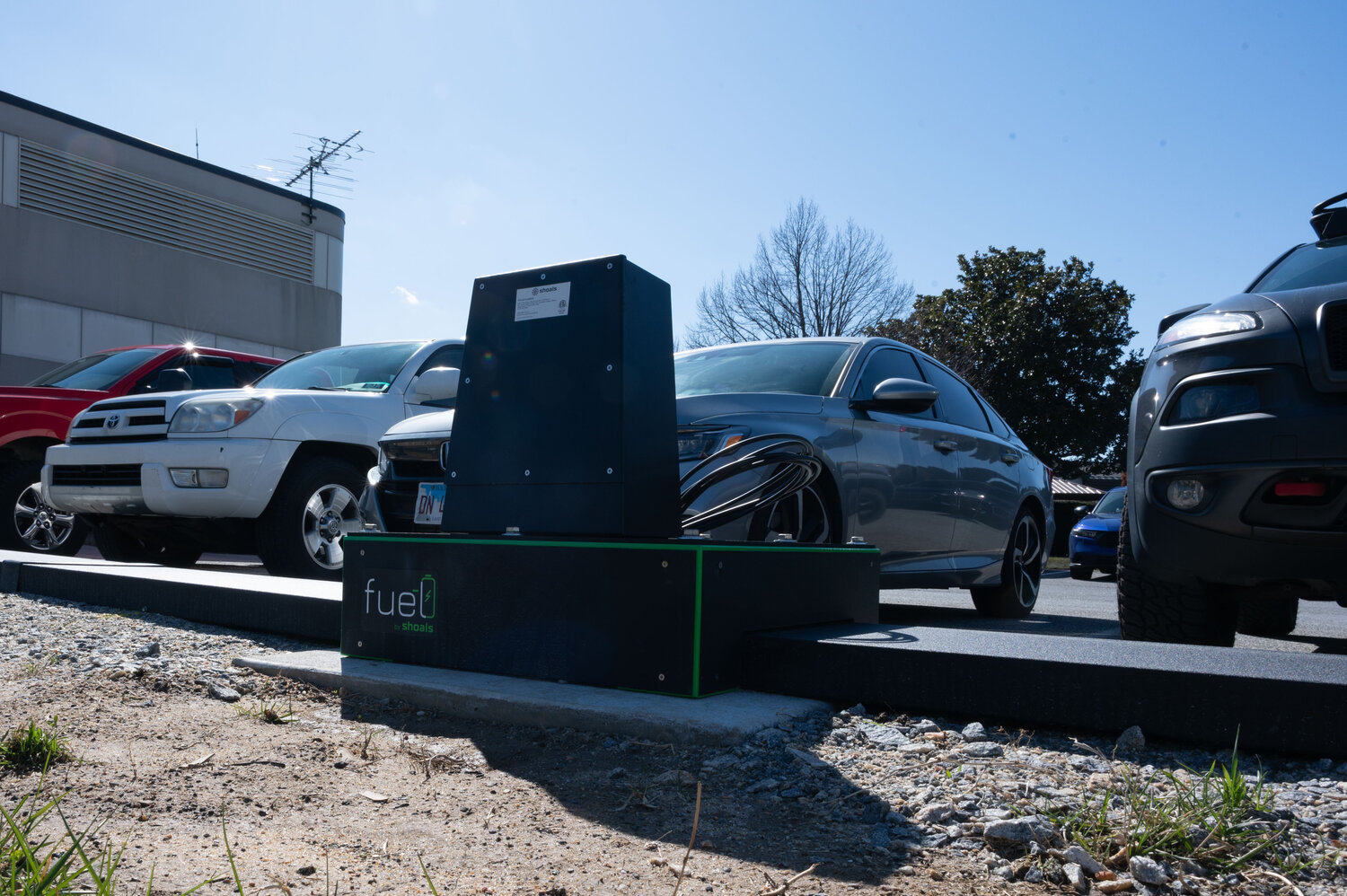Dover Air Force Base goes electric
DOVER AIR FORCE BASE — Recently, Team Dover’s 436th Logistics Readiness Squadron and 436th Civil Engineer Squadron took steps towards the future with the implementation of government …

You must be a member to read this story.
Join our family of readers for as little as $5 per month and support local, unbiased journalism.
Already a member? Log in to continue. Otherwise, follow the link below to join.
Please log in to continue |
Dover Air Force Base goes electric
DOVER AIR FORCE BASE — Recently, Team Dover’s 436th Logistics Readiness Squadron and 436th Civil Engineer Squadron took steps towards the future with the implementation of government electric vehicles and installation of charging stations.
The Dover AFB EV project began in October 2022, and plans for 64 electric charging stations to be installed on the base. Each charging station has two EV charging plugs allowing two cars to charge simultaneously.
According to 1st Lt. Isaac Fettig, 436th CES deputy of engineering, one charging station was installed behind the visitor center and five stations behind building 600.
“We’re working with the Secretary of the Air Force for Installations, Environment, and Energy to get this off the starting line,” said Lt. Fettig. “It was an executive order that pushed us toward some greener energy initiatives. That was one big reason why we’re converting most of our gas-powered government vehicles to EVs.”
Team Dover’s plan to switch to EVs is an ongoing five-phase process. Currently, Dover is in phase three of this plan, known as the acquisition and implementation phase. Phase three identifies methodologies to navigate and integrate acquisition options for each installation.
“[The biggest challenge we faced] was identifying key locations on the installation where it made sense to put these charging stations,” said Fettig. “We worked with LRS and vehicle maintenance to identify the locations where most of the government owned vehicles were assigned, making sure we had charging stations available in those key areas so the users had access to charge their EVs as close to where they will utilize [them] as possible.”
Jason Carr, 436th LRS automotive production controller, explained that the cars are more cost-effective for maintenance and repairs because EVs don’t require the same level of engine maintenance compared to gas vehicles.
“I had a sheet that listed every single vehicle [on base] and what their average daily mileage was,” said Mr. Carr. “Some are four miles, some are five miles.”
Due to Dover AFB’s government owned vehicles low use on base, it is more cost effective to make the swap to EVs. Dover AFB anticipates completing all five phases of the EV swap by the end of 2024.






